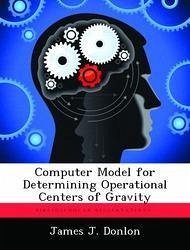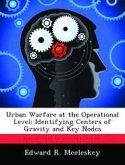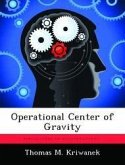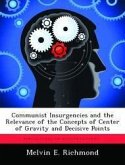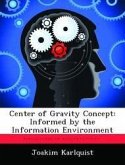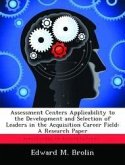This thesis examines the applicability of leading artificial intelligence (AI) technology to the determination of operational centers of gravity. Specifically, a modeling technique used in learning agent development is applied. The application of AI to this class of problems is presented, and the considerations for applying AI to operational center-of-gravity determination are discerned from doctrine and scholarly works. Those considerations are then used to develop a general procedure that is suitable for agent development. Analysis of two historical scenarios, The US invasion of Okinawa (1945) and Operation Just Cause in Panama (1989) provide the motivating examples for the modeling. Evaluation of results consists of an analysis of the general applicability of the model for the purpose of agent development and independent expert evaluation of the results obtained from the model applied to the historical scenarios. The result is a model that is suitable as a basis for agent development and which produces results acceptable to subject-matter experts. Recommendations for continued work, agent development, and related research are also presented. Application of this work could lead to the implementation of intelligent decision support to this and related tasks.
Hinweis: Dieser Artikel kann nur an eine deutsche Lieferadresse ausgeliefert werden.
Hinweis: Dieser Artikel kann nur an eine deutsche Lieferadresse ausgeliefert werden.

